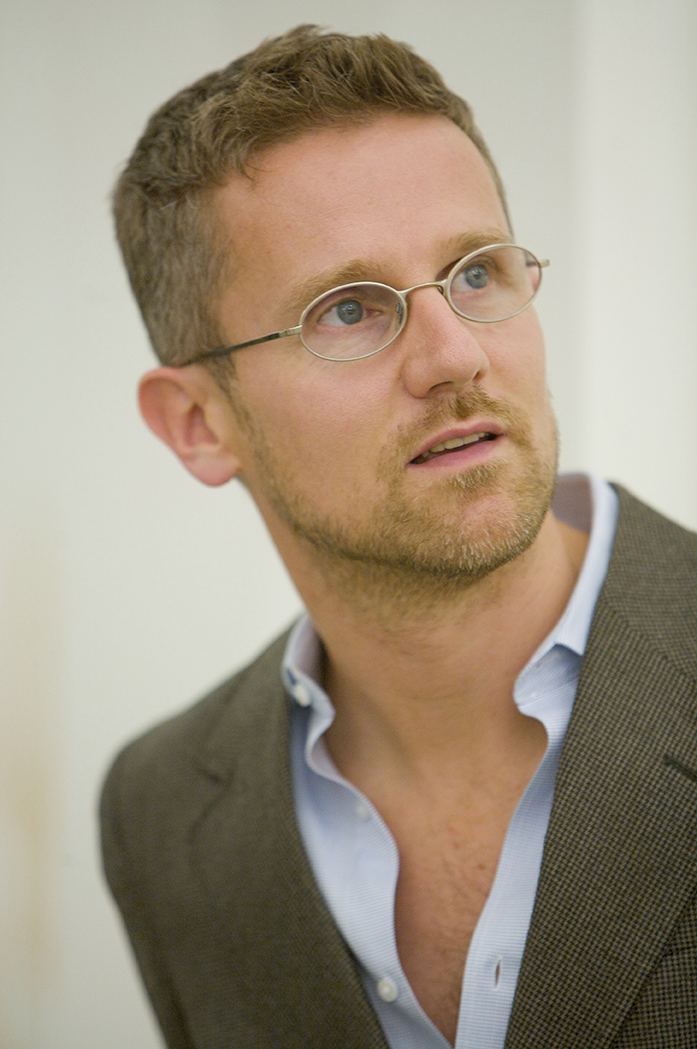
Rapid urbanisation and the aging of our building stock place serious strains on the quality of life in cities, and on management of big infrastructure systems. The smart city paradigm promises to combat these challenges, but it is often leaving out a fundamental fact: our cities are old. The Smart Retro approach is a novel way to develop cities, seeking ways of integrating smart solutions into existing building stock. This week in Smart Talk we hear Carlo Ratti’s thoughts about Nordic urbanism and smart cities.

What role do you see testbeds playing within cities that might foster smart solutions between startups, businesses, and cities/governments?
The city itself is evolving from mere ‘container’ into ‘content’ of innovation. The latest batch of successful start-ups has been groomed at the interface of digital technologies and urban space, the transformative arena of the so-called “smart city”. From vehicle-hailing apps such as Uber to apartment-sharing platforms such as Airbnb, the city has become one of the most fertile playgrounds for technological development, where start-ups are turning their sights. As highlighted by the recent World Economic Forum’s report on the Top 10 Urban Innovations many opportunities loom ahead – from reprogrammable space to self-driving mobility; from urban farming to intelligent street lighting. The city is turning into an open-air living lab, where technology itself can be tested and refined.
As the Internet enters physical space, a new condition looms ahead. It is what Mark Weiser, the visionary computer scientist of the end of the 20th century, described as ‘ubiquitous computing’ – the time when technology can be found everywhere in the space around us and ultimately “recedes into the background of our lives.”
Do you agree with the 6 meganarratives listed in Nordic Cities Beyond Digital Disruption (page 9) that define the cities of the future?
- human scale
- urban cores as a competitive asset
- changes in work and production
- digital consumption and sharing
- circular economy
- governance by the people, public, and private
Yes, I agree with them. I would perhaps add a few, including increased urban knowledge brought in by Big Data. Big Data is impacting on many other dimensions of society. In cities – the focus of most of our work – it can help us better understand the world around ourselves and plan its transformation. Collecting data and responding accordingly has always been a crucial endeavor. Over a century ago, Élisée Reclus stated that good “surveying,” i.e. data collection, is the first fundamental step in city planning. It is not different today – if not for the fact that we know our cities much better and can plan their transformation accordingly.
One usually thinks of technology impacting cities and citizens in new builds or with handheld electronic devices, like cell phones or sports trackers, but there are effects that can also be seen when one is discussing putting new technologies into old or outdated urban environments as well (i.e. places that are harder to innovate within). What really exciting effects have you seen?
New technologies are light and invisible – as such they can adapt to most existing urban environment. We don’t have to think about technology as new buildings or intrusive devices. I come from Italy, where “centri storici”, historical city centers, might have struggled to adapt to the technologies of the 20th Century – heavy, invasive, and incompatible with the country’s fine grain urban texture. Today, these same environments can adapt to new and light technologies brought about by the digital revolution.
You quoted Herbert Simon saying that design “devises courses of action aimed at changing existing situations into preferred ones.” How can we help to further engage citizens in this type of design?
Yes, we believe that designers must challenge what exists today, introduce new and alternate possibilities, and ultimately pave the way towards a desirable future. This is not dissimilar to the conceptual framework of ‘speculative design’, a process that neither attempts to solve problems nor predict the future. Rather, it is based on understanding design as a “catalyst for collectively redefining our relationship to reality,” speculating on how things could be. In a similar way, Buckminster Fuller’s Comprehensive Anticipatory Design Science (CADS) was a systematic approach to design, “to solve problems by introducing into the environment new artifacts, the availability of which will induce their spontaneous employment by humans and thus, coincidentally, cause humans to abandon their previous problem-producing behaviors and devices.”
Now, if the process of introducing new ideas and artifacts is open, citizens can play a crucial role. It is about proposing possible scenarios and opening a debate about them. They do not need to be fully developed, deployed, and succeed/fail – if they are tested in an open, collective way, we can collectively adjudicate their desirability before wasting resources, ultimately accelerating the construction of tomorrow.
_________________________________________________________________________________
Nordic Cities Beyond Digital Disruption is a wide-spread report by KTH and Demos Helsinki led project Smart Retro. The chapters are part of a series of blog posts featuring excerpts from the report and commentary interviews by world leading experts in urban development. This text is one of the interviews that where world leading experts comment the most burning issues concerning the future of our urban life.